| |||||
| Centuries: | |||||
|---|---|---|---|---|---|
| Decades: | |||||
| See also: | Other events of 1994 Years in Venezuela Timeline of Venezuelan history | ||||
Events from the year 1994 in Venezuela
| |||||
| Centuries: | |||||
|---|---|---|---|---|---|
| Decades: | |||||
| See also: | Other events of 1994 Years in Venezuela Timeline of Venezuelan history | ||||
Events from the year 1994 in Venezuela

Maracaibo is a city and municipality in northwestern Venezuela, on the western shore of the strait that connects Lake Maracaibo to the Gulf of Venezuela. It is the second-largest city in Venezuela, after the national capital, Caracas, and the capital of the state of Zulia. The population of the city is approximately 2,658,355 with the metropolitan area estimated at 5,278,448 as of 2010. Maracaibo is nicknamed "The Beloved Land of the Sun".
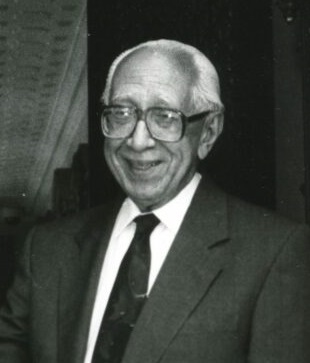
Ramón José Velásquez Mujica was a Venezuelan politician, historian, journalist, and lawyer. He served as the president of Venezuela between 1993 and 1994.

The Archdiocese of Maracaibo is an archdiocese in Venezuela. Since November 2000, its Archbishop has been Ubaldo Ramón Santana Sequera. The city of Maracaibo, the second largest in Venezuela, has a population of approximately 2,800,000. The Archdiocese covers a total area of 10,761 square kilometers in Zulia State.

Municipalities of Venezuela are subdivisions of the States of Venezuela. There are 335 municipalities dividing the 23 states and the Capital District.

The Captaincy General of Venezuela, also known as the Kingdom of Venezuela, was an administrative district of colonial Spain, created on September 8, 1777, through the Royal Decree of Graces of 1777, to provide more autonomy for the provinces of Venezuela, previously under the jurisdiction of the Audiencia of Santo Domingo and then the Viceroyalty of New Granada. It established a unified government in political (governorship), military, fiscal (intendancy), ecclesiastical (archdiocese) and judicial (audiencia) affairs. Its creation was part of the Bourbon Reforms and laid the groundwork for the future nation of Venezuela, in particular by orienting the province of Maracaibo towards the province of Caracas.
The Tigres de Aragua(English: Aragua Tigers) is a baseball team that plays in the Venezuelan Professional Baseball League and represents the state of Aragua.

The Roman Catholic Metropolitan Archdiocese of Caracas is the Latin an ecclesiastical territory of the Roman Catholic Church in part of Venezuela. It was founded as the Diocese of Caracas on June 20, 1637, and was later elevated to the rank of a Metropolitan see on November 27, 1803.

Jorge Alberto Rojas Méndez is a Venezuelan former footballer.

European Venezuelans or White Venezuelans are Venezuelan citizens who self-identify in the national census as white, tracing their heritage to European ethnic groups or Venezuelan citizens who have a European Surname which is not a Spanish or Portuguese surname. According to the official census report, although "white" literally involves external issues such as light skin, shape and color of hair and eyes, among others, the term "white" has been used in different ways in different historical periods and places, and so its precise definition is somewhat confusing.
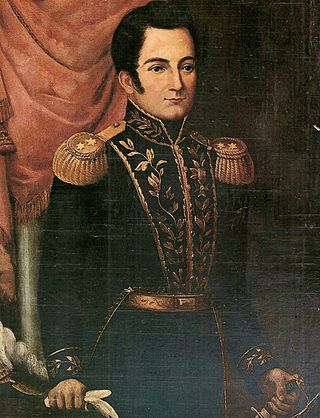
Mariano Montilla was a major general of the Army of Venezuela in the Venezuelan War of Independence.
The Provinces of Venezuela were administrative divisions used from Venezuela's independence from Gran Colombia in 1830 to 1864, when the States of Venezuela were created. There were initially 11 provinces, with 4 created later, until in 1856 the Law of Territorial Division divided Venezuela into 21 provinces.
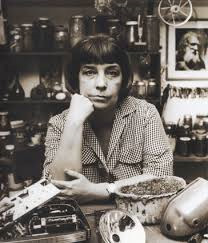
Elsa Gramcko (1925–1994) was a Venezuelan artist, known as an abstract sculptor and painter. Her earlier works, which date from 1954, were geometric paintings, while her later works were more tachist in nature. While her earlier works consisted of mostly paintings, she expanded into sculpture and assemblage in the 1960s and 1970s.
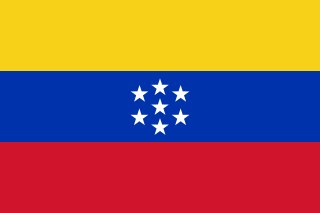
The United States of Venezuela was the official name of Venezuela, adopted in its 1864 constitution under the Juan Crisóstomo Falcón government. This remained the official name until 1953, when the constitution of that year renamed it the Republic of Venezuela. In 1999 under newly elected president Hugo Chávez and his modification to the Constitution, Venezuela's official name became the Bolivarian Republic of Venezuela.
A Nordic Venezuelan is a Venezuelan person with full or partial Nordic ancestry, or a Nordic-born person living in Venezuela. Nordic settlement in Venezuela is little-known, due to a lack of information about its colonization.
Basque Venezuelans are citizens of Venezuela who are of Basque ancestry.
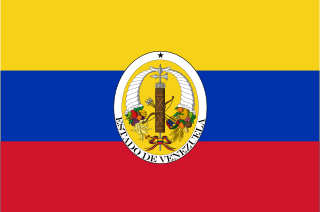
The State of Venezuela was the official name of Venezuela adopted by the constitution of 1830, during the government of José Antonio Páez. The name was maintained until 1856 when in the constitution promulgated in that year it changes the official name of the country to Republic of Venezuela. In the Constitution of 1864, the United States of Venezuela was established.

Rafael Antonio Curra was a Venezuelan ichthyologist and university professor. He is considered one of the pioneers of oceanographic studies in his native country.
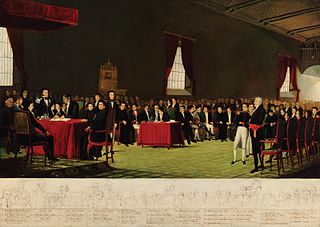
The Venezuelan independence was the juridical-political process that put an end to the ties between the Captaincy General of Venezuela and the Spanish Empire. It also implied the replacement of the absolute monarchy by the republic as the form of government in Venezuela.